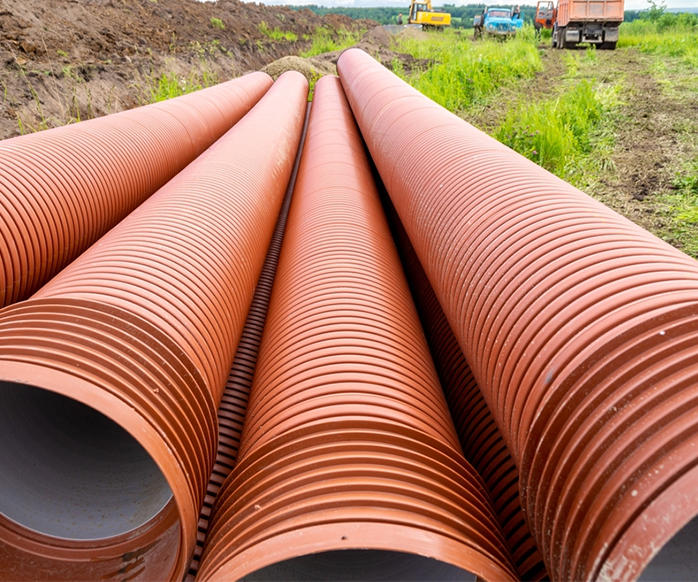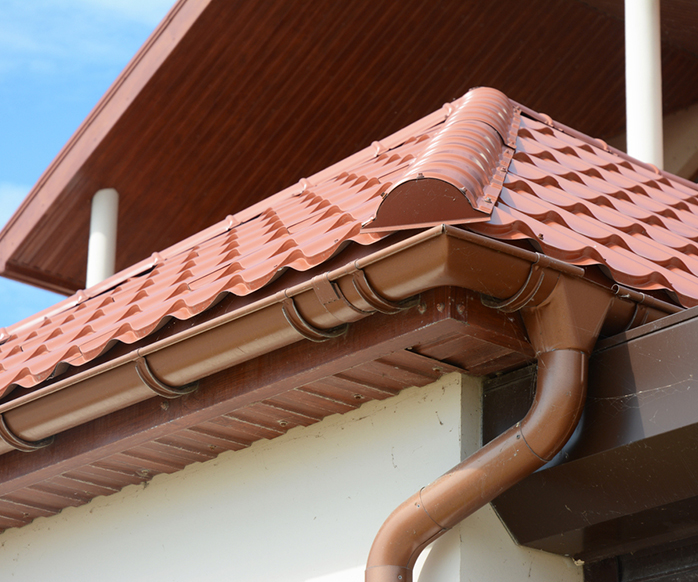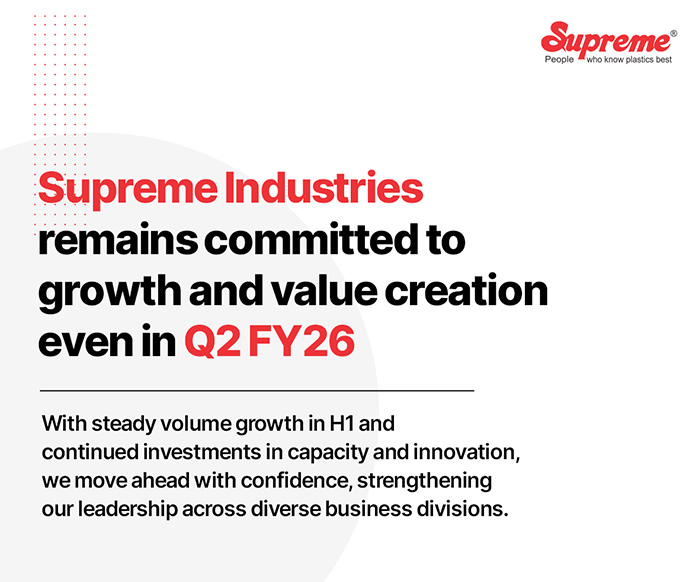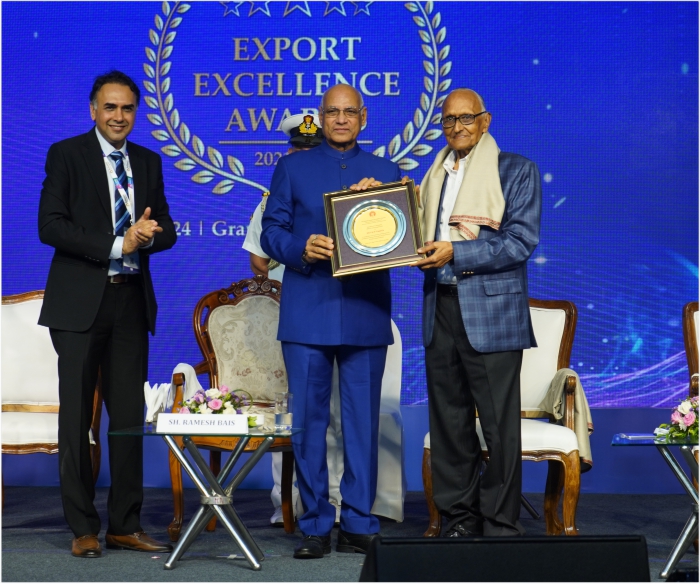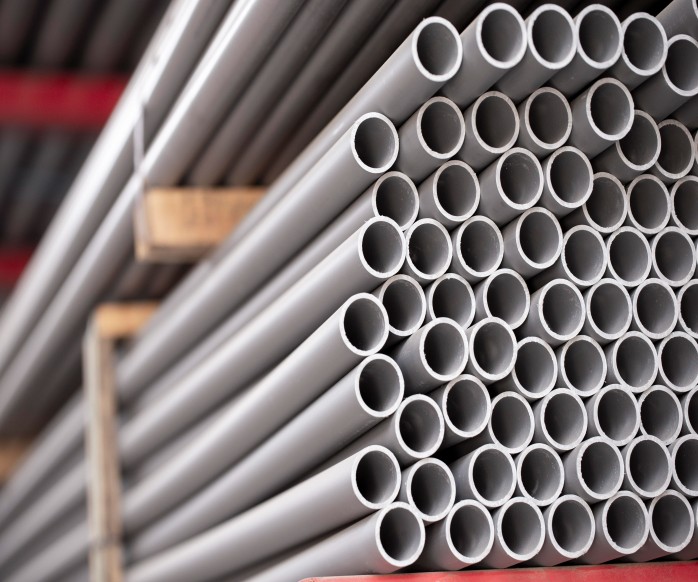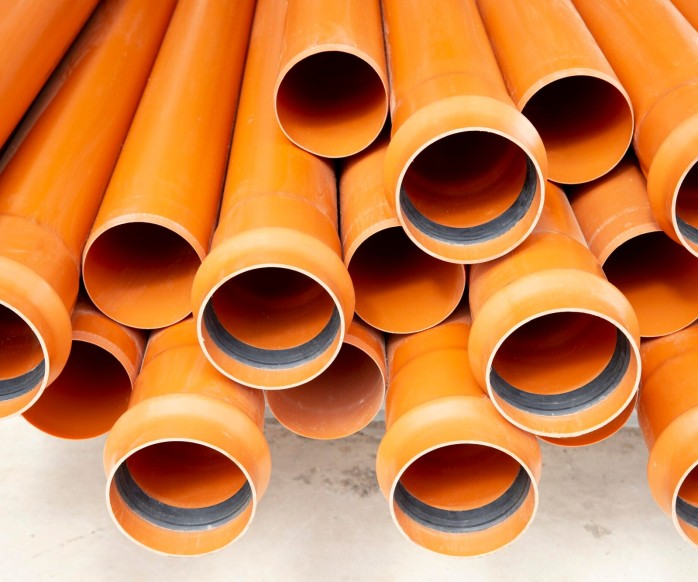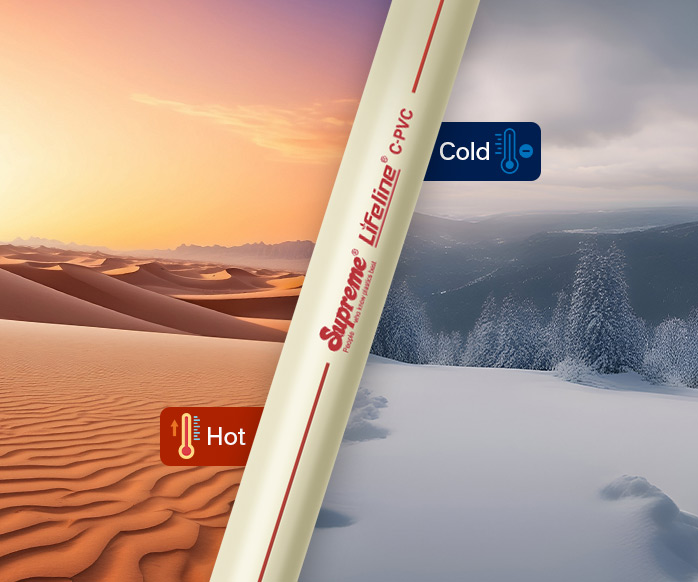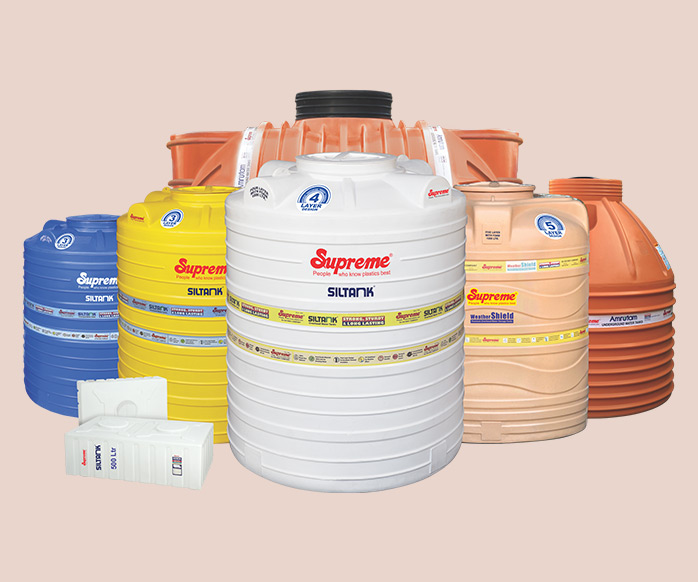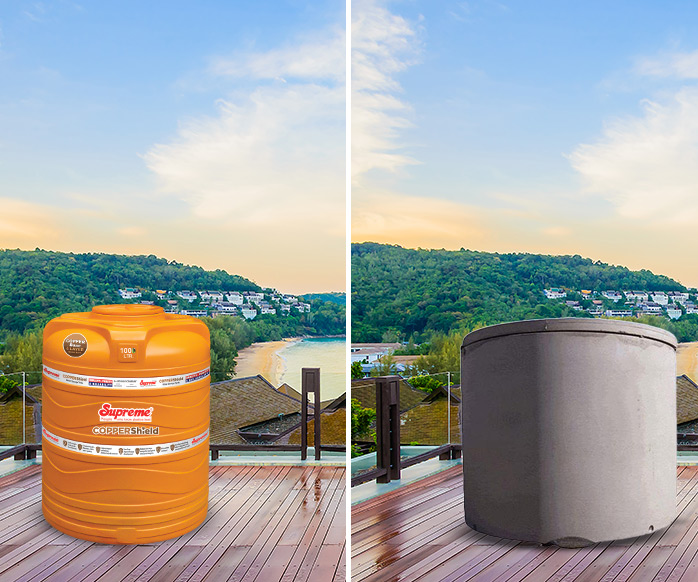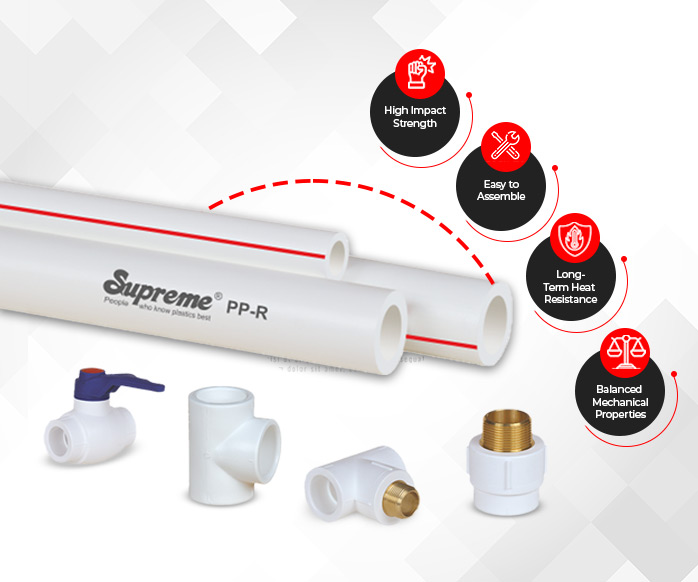
There are numerous opportunities to address water scarcity challenges through innovative solutions and sustainable practices including rainwater harvesting in India. India houses 18% of the world's population yet has access to only 4% of water resources. The reliance on monsoon rains has historically led to droughts and famines during poor rainy seasons. So it is imperative that the country takes proactive steps to secure its future in terms of water.
In response, the Ministry of Jal Shakti launched the 'Jal Shakti Abhiyan: Catch the Rain-2024' campaign to promote sustainable water management practices, including rainwater harvesting.
In this blog we will understand the importance and methods of rainwater harvesting, showcasing how this practice can mitigate India's water crisis and promote sustainability.
What is rainwater harvesting?
Rainwater harvesting. is a simple yet effective process for conserving water by collecting, storing, conveying, and purifying rainwater. This method captures rainwater that runs off from rooftops, parks, roads, and open grounds for later use.
Instead of allowing rainwater to be absorbed into the ground or channeled into drains, streams, or rivers, rainwater harvesting stores it for reuse. This practice is one of the easiest ways to conserve water at home and can significantly reduce your water bills.
Rainwater harvesting. is a smart and sustainable choice for water conservation and management.
Different Methods of Rainwater Harvesting
There are two major types of rainwater harvesting solutions.
1. Rooftop Rainwater Harvesting
Rooftop rainwater harvesting is a common method in urban areas where the roof acts as the catchment area. The collected rainwater from buildings and houses is channeled and stored.
Key components include:
- First Flush: Initial diversion of runoff to remove contaminants.
- Transportation: Conveying water from the catchment to the storage.
- Catchment: The surface area (usually a roof) where rainwater is collected.
- Filter: Ensuring clean water by removing debris and pollutants.
2. Groundwater Recharge Rainwater Harvesting
This method focuses on recharging groundwater aquifers through surface water infiltration. It is essential in both urban and rural areas to replenish groundwater levels. The surplus rainwater is directed into the ground through artificial recharge techniques.
Rainwater Harvesting Solution by Supreme Industries
Aquasource Filters
The "Aquasource Filters" efficiently filter rainwater from large surfaces like rooftops, grounds, and lawns. They come with necessary piping and optional ultrasonic water flow meters, enabling clean water conveyance for groundwater recharge. These filters separate silt, soil, organic, and non-organic impurities, preventing blockages and contamination, and are suitable for residential, commercial, and industrial projects, adhering to CGWA guidelines.
Available in 600, 800, 1000, and 1200 mm sizes, Smart Rainwater Filters are made from food-grade polyethylene (PE) and comply with EN-standards for structural strength and hydraulic requirements.
Key features of Aquasource Filters include:
- Scientifically designed and developed
- Proven performance with installations at prestigious projects
- Ready to use with minimal on-site construction
- Lightweight, 90% lighter than traditional masonry or concrete products
- 100% watertight
- Resistant to fungi, bacteria, and other microbes
- Strong and sturdy design, suitable for up to 40 MT wheel load
- Durable with a lifespan of up to 50 years
- Ideal for submerged conditions
- Minimal maintenance
- Cost-effective
The "Aquasource Smart RW Filtration System" represents a significant step toward a sustainable water future.
Discover high-quality solutions with excellent chemical resistance and maximum utility.
Rainbow Rainwater Gutter Pipe
The Supreme Rainbow® Roof Gutter System combines innovative design, aesthetics, and functionality. Made from durable uPVC, it includes engineered profiles, fittings, clamps, and accessories for sloped roofs. This rainwater Roof Gutter System ensures maximum flow and eliminates spillage or overflow risks. The 150mm gutter handles rainwater for roof areas up to 310m² with a single downpipe connected to a 110mm (4") circular downpipe, ensuring efficient rainwater management.
Benefits:
- Unique design
- Strong and durable
- High carrying capacity
- Easy and quick installation
- Corrosion and chemical resistant
- Leakproof and hygienic
- Elegant and maintenance-free
Raingain - Rainwater Harvesting Filter
Supreme's Raingain- Rainwater harvesting filter ensures the collection of high-quality rainwater by removing leaves, dirt, and debris. This rainwater filter system features a stainless steel strainer with fine mesh, operating on gravity, cohesive force, and centrifugal force, with a self-cleaning mechanism. Suitable for roof areas up to 2500 sq ft, this rainwater harvesting filter for home enhances your system with efficient filtration.
Benefits:
- Gravity, cohesive force, and centrifugal force operation
- Compact and stable design
- Strong and durable
- Consistent filtration efficiency
- Maintains efficiency with varying rainfall
- Suitable for roof areas up to 2500 sq ft
- Flexible pipe connections
- Easy installation and self-cleaning
- Simple inspection and maintenance
Choose Supreme's Rainbow Roof Gutter System, Aquasource Filters, Raingain rainwater harvesting filter for home to ensure reliable and efficient rainwater management.
In conclusion, rainwater harvesting stands as a beacon of hope in India's ongoing battle against water scarcity. By harnessing the power of rain, we can alleviate the burden on traditional water sources, mitigate the impact of droughts, and foster a more sustainable future for generations to come. Through initiatives like the 'Jal Shakti Abhiyan: Catch the Rain-2024' campaign and the adoption of innovative rainwater harvesting methods, India is paving the way for a water-secure nation.
As individuals and communities, let us embrace the practice of rainwater harvesting, recognizing its potential to transform not only our water landscape but also our collective future.
Other Blogs
Pipe
Mar 18, 2024
Read Time: 13:43 minutes
A Guide to Choosing the Right Pipes for Your Plumbing Needs
CONTINUE READINGFurniture
Mar 20, 2024
Read Time: 15:11 minutes
Why plastic furniture is the smartest choice for your home?
CONTINUE READINGFurniture
Mar 29, 2024
Read Time: 3:30 minutes
Plastic chairs that perfectly suit every corner of your home
CONTINUE READINGPipe
Mar 29, 2024
Read Time: 3:30 minutes
Why Choose Supreme as your trusted partner for plumbing solutions?
CONTINUE READINGFurniture
May 22, 2024
Read Time: 3:30 minutes
Maximising Utility with Multipurpose Plastic Cabinets and Versatile Storage Solutions
CONTINUE READINGMHD
May 24, 2024
Read Time: 3:30 minutes
Plastic Crates Types and Features for Efficient Storage Solutions
CONTINUE READINGPipe
Jun 12, 2024
Read Time: 3:30 minutes
What are CPVC Pipes: Applications and Benefits
CONTINUE READINGPipe
Jul 26, 2024
Read Time: 02:55 minutes
Exploring the Versatility of Plastic Water Tanks and Its Features
CONTINUE READINGMHD
Jul 26, 2024
Read Time: 02:55 minutes
Dry and wet waste segregation and management through different dustbins
CONTINUE READINGFurniture
Jul 26, 2024
Read Time: 03:00 minutes
10 Reasons Why Plastic Chairs Are Perfect for Any Occasion
CONTINUE READINGPPD
Aug 23, 2024
Read Time: 03:00 minutes
Top 5 Swimming Accessories - Must-Have Gears for Every Swimmer
CONTINUE READINGXF
Aug 28, 2024
Read Time: 03:00 minutes
Multiple usage of the best quality tarpaulin sheets
CONTINUE READINGFurniture
Oct 09, 2024
Read Time: 03:00 minutes
Supreme’s Weather-Resistant Outdoor Furniture for All-Season.
CONTINUE READINGFurniture
Jan 16, 2025
Read Time: 03:00 minutes
How to Choose the Right Cafe Chairs for Your Space
CONTINUE READINGFurniture
Apr 22, 2025
Read Time: 02:55 minutes
Why CPVC is The Best Pipe for Home Plumbing Systems
CONTINUE READINGPipe
Apr 23, 2025
Read Time: 02:55 minutes
Plastic Tanks vs. Concrete Water Tanks: Choosing the Right Storage Solution
CONTINUE READINGPipe
Apr 23, 2025
Read Time: 02:50 minutes
What are PPR pipes? Applications and Advantages
CONTINUE READINGFurniture
Apr 29, 2025
Read Time: 02:55 minutes
A Complete Guide to Choosing Furniture for Pre-Schools, Play Schools, and Schools
CONTINUE READINGFurniture
May 22, 2025
Read Time: 02:50 minutes
Plastic Drawer Cabinets: Simplifying Home & Office Storage
CONTINUE READINGFurniture
Jun 16, 2025
Read Time: 02:50 minutes
Organize and Display: The Dual Functionality of See-Through Panels
CONTINUE READINGPipe
Jun 16, 2025
Read Time: 02:50 minutes
Why PVC Conduit Pipes Are Ideal for Electrical Wiring
CONTINUE READINGPipe
Sep 19, 2025
Read Time: 02:50 minutes
Choosing the Right Drainage Pipe: Key Factors to Consider
CONTINUE READINGPipe
Nov 20, 2025
Why DWC HDPE Pipes are Preferred for Infrastructure Electrical Wiring
CONTINUE READINGFurniture
Nov 20, 2025
Read Time: 02:50 minutes



